Micro devices that prevent loss of social infrastructure
SEIKO EPSON CORPORATION
Outline
We have developed “QMEMS” technology that realizes a unique crystal device by applying ultra-fine processing technology (MEMS) to the quartz crystal material and utilized this technology to create high-precision and small-sized timing and sensing devices that consume 1/2 to 1/20 of the power of conventional devices. Our QMEMS microdevices provide for two societal and environmental needs.
The first is in the rapidly expanding field of digital wireless communications. Synchronized accurate timing is vitally important to realize high efficiency and smooth operation for data transfer. Our timing device consists of a crystal oscillator that oscillates at a highly precise and highly stable frequency and a real-time clock IC that controls it, contributing to the reduction of energy consumption in the communication field as data traffic volume and speeds increase.
The second area is the in the field of infrastructure. There is a growing demand for high-precision sensors to optimize the maintenance of infrastructure and prevent disasters. We are leading the way on smart infrastructure, providing low-power, high-precision sensing systems for optimal measurement.
Description
We live in what is truly the “information age”. Communication, finance, traffic management, power control, crime prevention, sports, and many other areas that support modern daily life are allowed by the huge amounts of information transmitted every second by growing wireless networks. But the growth of wireless communication has unfortunately given rise to a new environmental problem: if the transmitting and receiving devices are not synchronized, data loss occurs, and the data must be re-transmitted. Due to the lack of synchronization, it is predicted that a packet loss of 31.7 petabytes (31.7 × 10^15 bytes) will occur in 2050, and there is a concern about power consumption due to packet retransmission.
Since the oscillation frequency of a crystal oscillator changes with temperature, correction is necessary. In addition, synchronization adjustment in each terminal device requires time correction that takes into account the processing time of the software; the technology of both the crystal unit and the IC and their interface are important. By developing, designing, and commercializing a crystal oscillator that oscillates at a highly precise, highly stable frequency and a real-time clock IC that controls it, we provide a single-package module with an optimal matching design, thus supporting social systems and contributing to energy conservation and reduction of CO2 emission in the telecommunications field.
Demand for inertial measurement for precision agriculture and construction machinery, drones, machine predictive maintenance, detection and control of attitude and behavior of ADAS automatic driving systems, navigation systems, etc., has been in increasing in recent years. In the field of public safety, inertial measurement of structures such as bridges and elevated tracks / roads, deterioration diagnosis of infrastructure, inclination measurement of large structures and large machinery, structural health monitoring by measuring vibration around civil engineering areas, monitoring of vibration and inclination of surrounding buildings under construction, inclination monitoring of earth retaining points, etc. provide valuable data for disaster prevention, as well as for efficient maintenance scheduling. By combining QMEMS technology and low-power semiconductor technology, we provide high-precision low-power-consumption (1/2 to 1/20 that of conventional models) inertial sensing systems that monitor neighborhoods during construction, monitor disasters such as landslides and debris flows, determine the level of damage to each high-rise building, and measure displacement before and after an earthquake, contributing to smarter social infrastructure and loss prevention.
Supplementary information
Microdevices Supporting Innovation
https://global.epson.com/IR/library/pdf/integrated_report/epson_ir2019_15_e.pdf
Epson Technical Report, Features of Real-time Clock Module with Digital TCXO
https://www5.epsondevice.com/en/products/tcxo/
Epson technical report, explanation of Epson real-time clock module with sub-second time adjustment function
https://www5.epsondevice.com/en/information/technical_info/pdf/wp_20140515_rtc_high_precision.pdf#page=1
Other Innovation Challenges
Robotics technology that realizes thorough power saving
SEIKO EPSON CORPORATION
Similar Innovation Challenges
Achieving net zero carbon emissions from paint finishing processes
Taikisha Ltd.
Activities for reducing GHG of business operations in Nissin Electric Group
Nissin Electric Co., Ltd.



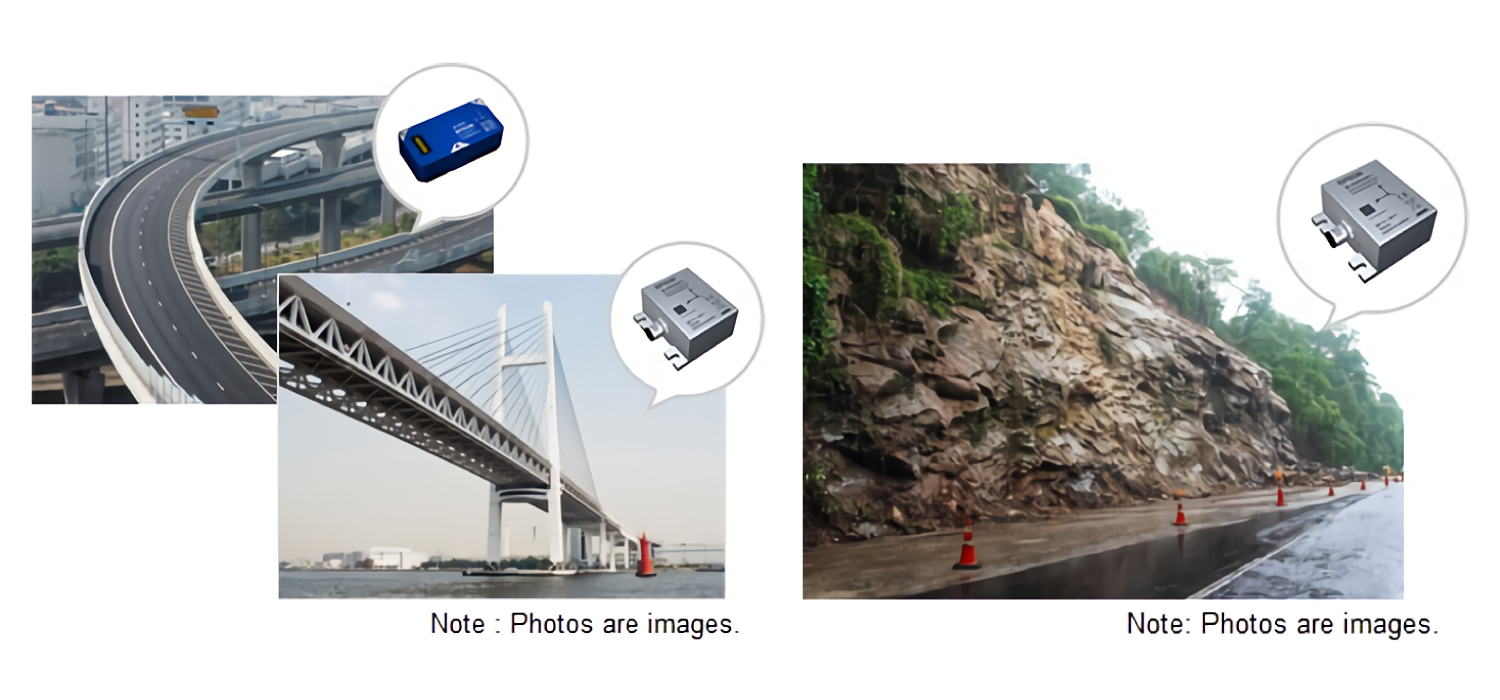
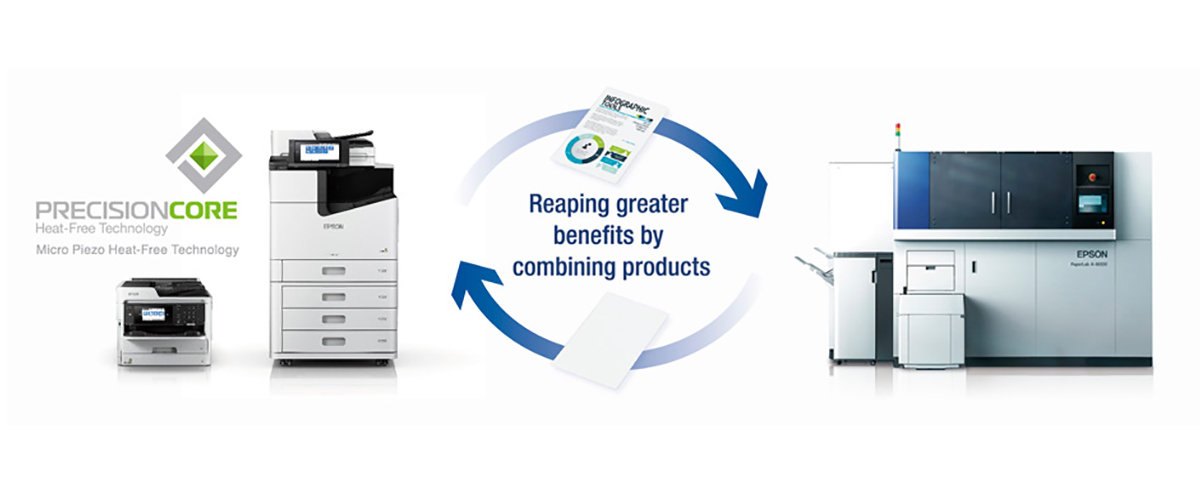


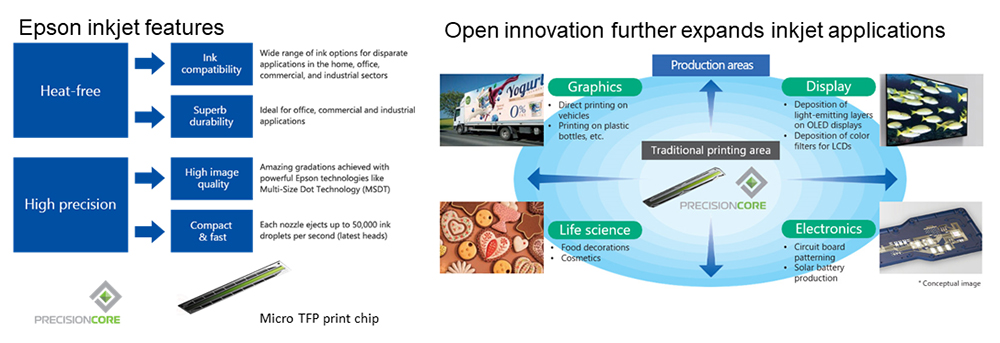

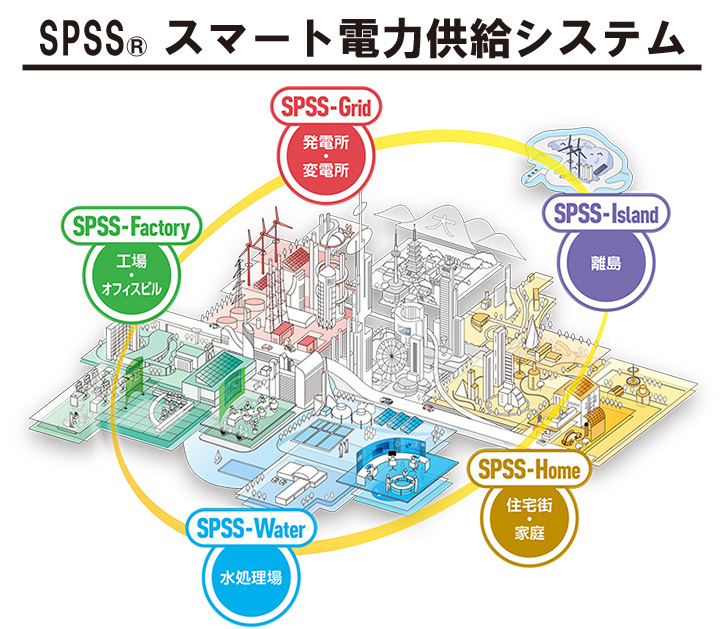
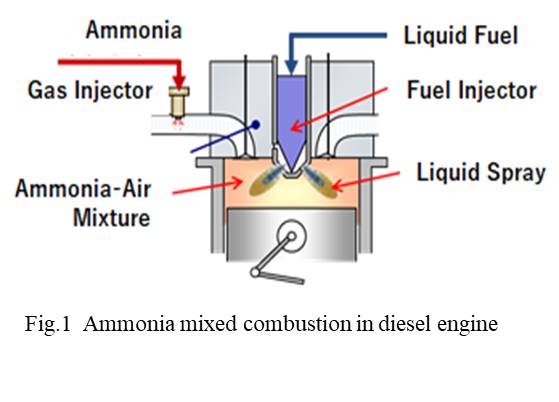
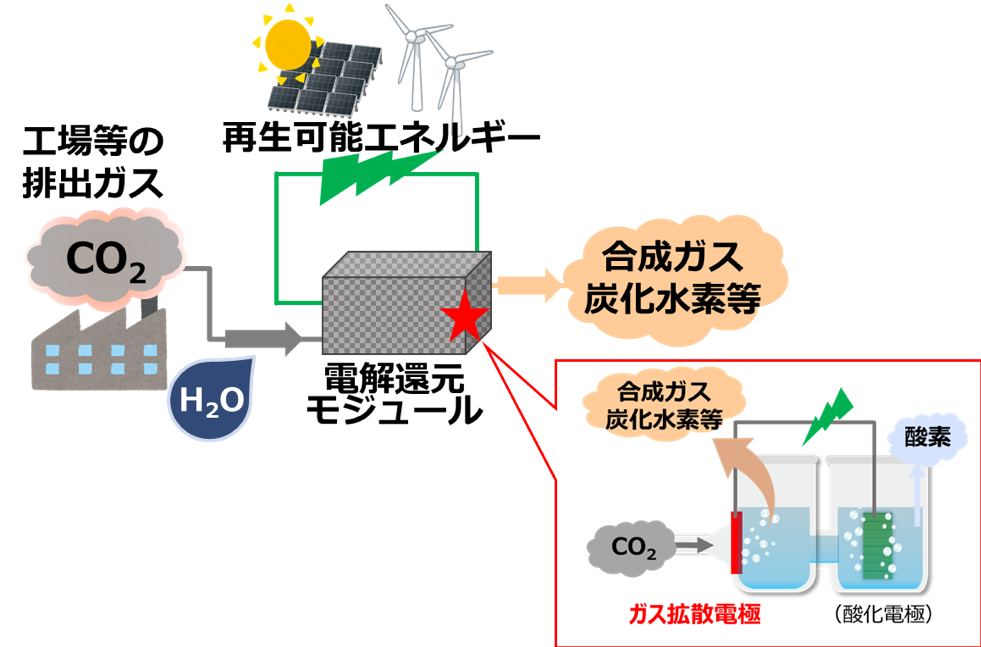
-1人工光合成技術.jpg?id=2&tid=759&imageNumber=1)